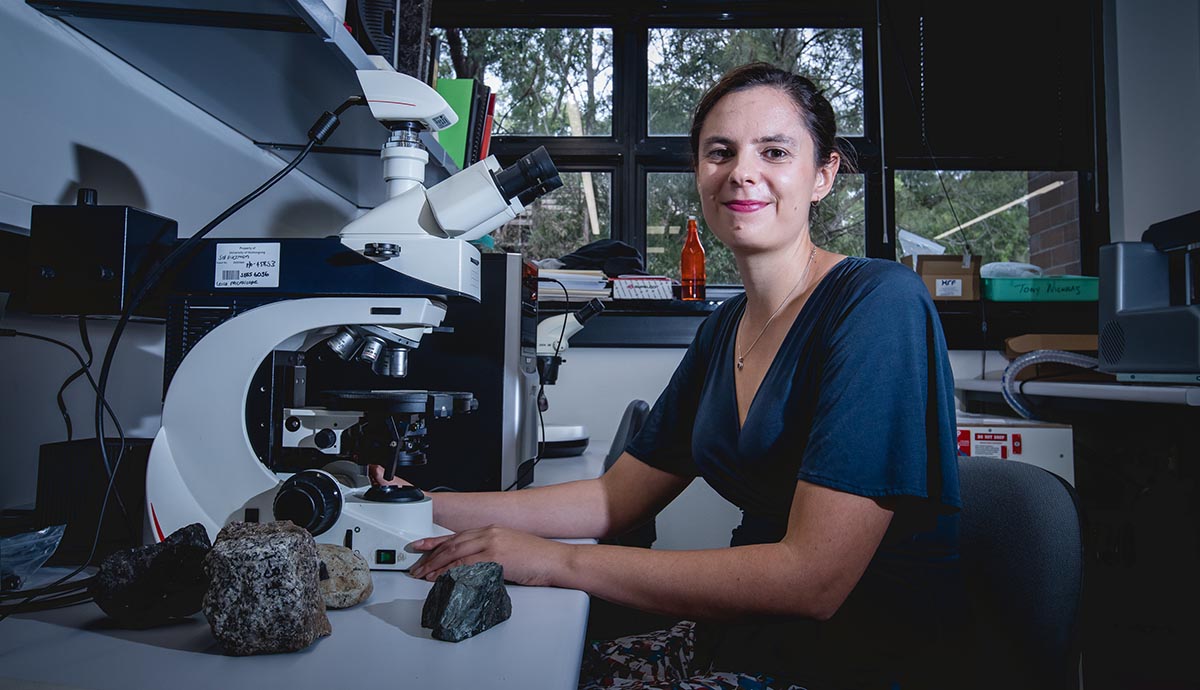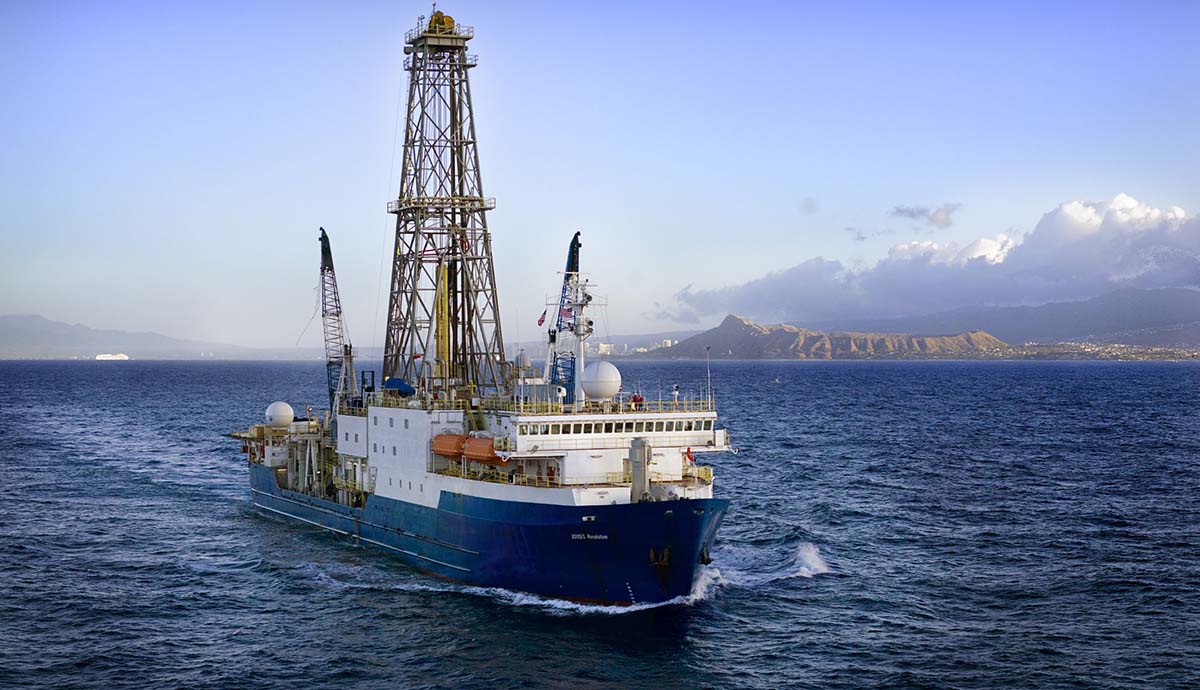May 7, 2018
Scientists to drill into active undersea volcano
Geologist Dr Dominique Tanner to study how magma forms gold and copper ores
An international team of scientists will set sail this week on an expedition to drill into an active underwater volcano.
Among the 30 scientists on board the research ship JOIDES Resolution will be University of Wollongong geologist Dr Dominique Tanner, who will be studying how volcanic magmas and fluids concentrate precious metals such as gold and copper.
“In some ways we know the surface of Mars better than we know what’s under our oceans,” Dr Tanner said.
“This is a rare opportunity to drill into an active volcano. It's not often that we core into an undersea volcano because logistically it's quite difficult, as you can imagine.”
The Brothers volcano lies about 400km north-east of Auckland and is the most active volcano in the 1250km-long chain of seafloor volcanoes known as the Kermadec-Tonga Arc, which stretches from New Zealand to Tonga.
Volcanic arcs form where one tectonic plate subducts beneath another – at the Kermadec-Tonga Arc the Pacific plate subducts beneath the Australian plate. This causes magma to rise towards the surface and erupt resulting in volcanism along the boundary between the two plates.
As an igneous petrologist, Dr Tanner studies rocks that have crystallised from magma.
“What we're interested in is trying to understand, in this subduction setting, is how magmatic processes affect the contents of precious metals like copper and gold.
“Most of the copper resources on Earth are associated with ancient volcanoes, for example the Cadia mine near Parkes in NSW is part of an ancient volcanic chain – about 450 million years old – that we are currently mining.
“To understand how those deposits formed we have to look at nascent arc volcanoes and Brothers is a very young, active volcano. This is the earliest form of arc volcanism that we can look at.”

The top of the Brothers volcano lies about 1300m below the ocean surface. It is about 13km long and 8km wide.
Hydrothermal vents on the volcano wall have formed a large field of “black smoker” chimneys up to 8-metres high. As hot hydrothermal fluid jets out of the vents it mixes with the sea water and causes a chemical reaction.
Plumes of metal-rich black “smoke” created by this reaction settle and form deposits of metallic minerals on the crater floor and can build chimneys above the vents.
The researchers will core down and collect rock from beneath the subsurface of the volcano at a number of sites.
“It’s unlikely that we’re going to drill into magma, but we don’t know what we’re going to find,” Dr Tanner said.
“I’ll be working with other igneous petrologists, there will be three of us on board, and it will be our job to figure out exactly what’s beneath the subsurface. We’ll be looking at the rocks that are recovered to identify the minerals in the rock and to help us understand how they formed.”
During the two-month voyage Dr Tanner, a lecturer in UOW’s School of Earth and Environmental Sciences, will also be engaging in outreach and education programs. This will include presenting a lecture, via video conference, to her first-year Planet Earth class in which she will show them around the ship and talk about the research she is doing.
The expedition is part of the International Ocean Discovery Program (IODP), funded by an international research collaboration of 23 countries to study Earth’s history and dynamics recorded in sediments and rocks beneath the seafloor.
The Australia-New Zealand IODP Consortium (ANZIC) has enabled Dr Tanner’s participation, which is supported through the Australian Research Council’s LIEF funding scheme [LE160100067].
The scientists will provide regular updates on the progress of their research on the expedition webpage.
